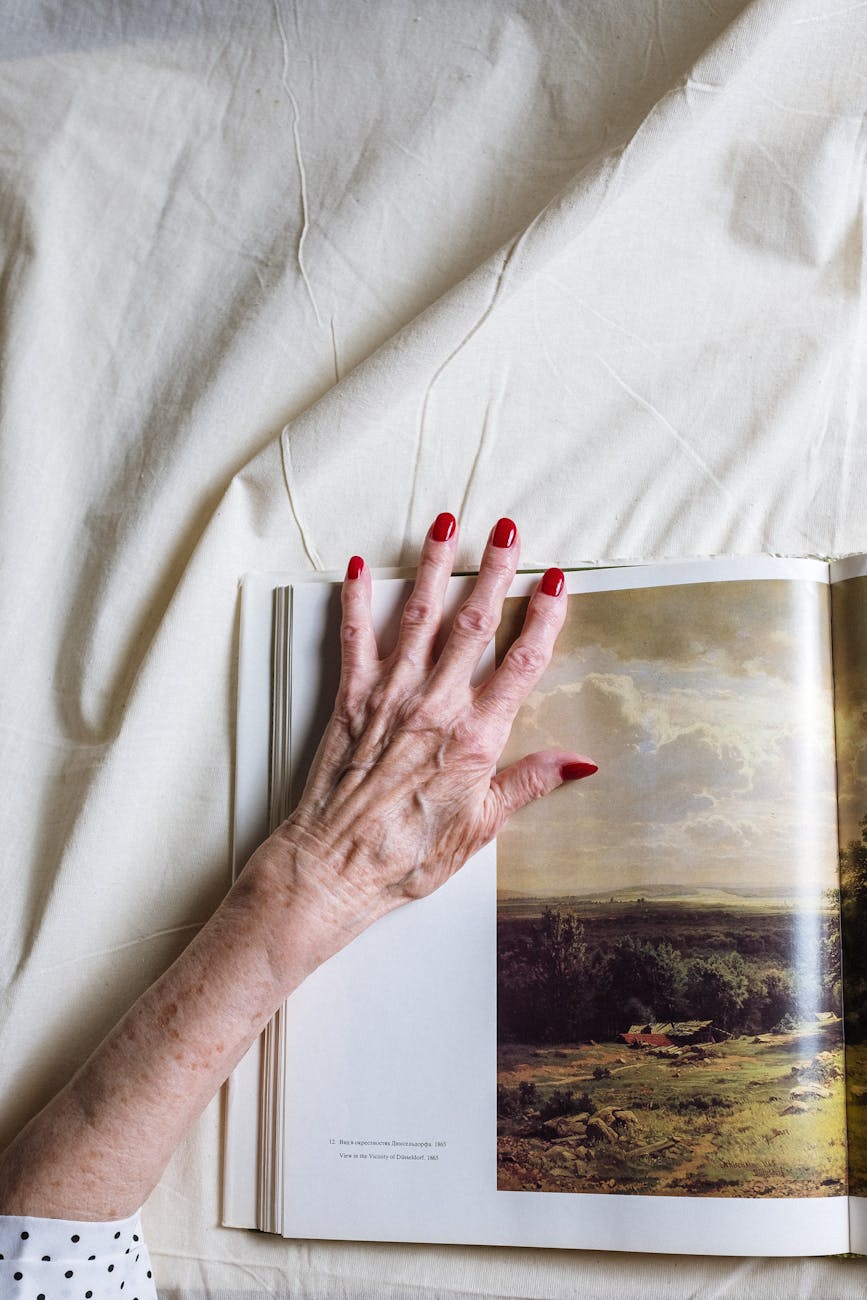Our Location
304 North Cardinal St.
Dorchester Center, MA 02124

Sophie instinctively tucked her hands under the restaurant table as the waiter approached. Her cuticles were dry, ragged, and frankly embarrassing—making her 28-year-old hands look like they belonged to someone decades older. She’d been picking at them nervously for months, creating a cycle of damage that seemed impossible to break.
Recent research reveals that 67% of women are dissatisfied with their cuticle appearance, yet cuticle health is often ignored in anti-aging routines. Dr. Maria Santos, a dermatologist specializing in hand rejuvenation, explains, “Cuticles frame your nails like eyebrows frame your eyes. Healthy cuticles can make hands look years younger, while damaged cuticles age hands dramatically.”
The statistics are eye-opening: women with healthy cuticles are perceived as 5-7 years younger than those with damaged cuticles. Yet 54% of women report having dry, damaged cuticles, and 38% engage in cuticle picking behaviors that worsen the problem.
Cuticle problems stem from a combination of environmental damage and neglect. Cuticles are delicate skin that protects nail growth, but they’re constantly exposed to harsh conditions—frequent hand washing, cold weather, and chemical exposure strip natural oils and cause damage.
The cuticle picking cycle is particularly destructive: stress or anxiety triggers picking, which damages the cuticle, creating rough edges that catch on things, leading to more picking. This cycle can result in permanent scarring and chronic inflammation around nail beds.
Damaged cuticles affect women’s confidence and self-perception in ways that others might not realize. Research from the Journal of Hand Surgery found that women with cuticle issues report feeling “less put-together” and are 40% more likely to hide their hands in professional settings.
Consider Elena, a 33-year-old lawyer who started wearing rings on every finger to distract from her damaged cuticles. “I was so ashamed of my hands,” she recalls. “I stopped gesturing during presentations, kept my hands in my pockets during networking events, and even avoided handshakes when possible. I felt like my raggedy cuticles were broadcasting that I didn’t have my life together.”
The beauty industry offers numerous expensive treatments that often provide temporary improvement without addressing underlying causes. Professional cuticle treatments cost $35-$60 per session and need to be repeated every 2-3 weeks. Paraffin treatments range from $40-$80 per session with short-lived results. Prescription cuticle creams can cost $150-$300 annually.
Take Patricia’s journey: she spent over $2,000 annually on professional cuticle treatments, expensive creams, and tools, only to find her cuticles looking worse between appointments. “I was trapped in a cycle of dependency,” she says. “My cuticles looked great for a few days after treatments, but then they’d be worse than ever, and I’d need another expensive session.”
The first step in healing cuticles is understanding that healthy cuticles are a sign of overall hand health and self-care. Your cuticle problems aren’t a reflection of poor grooming—they’re often the result of environmental damage and stress responses that can be addressed with proper care.
Many women blame themselves for cuticle picking, feeling like they lack self-control. This shame is counterproductive—cuticle picking is often a stress response or nervous habit that can be redirected with the right approach and tools.
A new approach to cuticle care focuses on healing and protection rather than cutting and removing. This method combines improved circulation with targeted moisture therapy to create optimal conditions for cuticle health and nail growth.
The key is understanding that cuticle healing takes time—damaged cuticles need 4-6 weeks to fully regenerate. Sustainable cuticle health requires patience, consistency, and breaking harmful habits that damage delicate cuticle tissue.
Healthy cuticles require proper moisture balance and gentle care. Natural ingredients like vitamin E, jojoba oil, and lanolin can deeply nourish cuticle tissue while protecting against environmental damage. The key is consistent, gentle care rather than harsh cutting or removal.
Research shows that daily cuticle nourishment with natural oils can improve cuticle health by 60% and reduce picking behaviors by 45% over 4 weeks. The gentle approach of working with your body’s natural healing processes creates lasting results.
Two months after starting her LED cuticle therapy routine, Sophie proudly extends her hand for handshakes. “The change was remarkable,” she explains. “Not only did my cuticles heal, but the ritual of caring for them replaced my picking habit. I actually look forward to my cuticle care time now—it’s become a relaxing part of my evening routine.”
Her transformation extended beyond cuticle health—she started wearing rings as fashion statements rather than camouflage, felt confident in professional handshakes, and even took up hand modeling for a friend’s jewelry business.
Your cuticle health journey doesn’t have to be a battle against picking and damage. With the right approach, consistency, and patience, you can restore your cuticles’ natural beauty and create hands that reflect your inner confidence.
Remember: healthy cuticles are the frame that showcases your nails. Every small improvement in cuticle health creates a ripple effect that enhances your overall hand appearance and confidence.